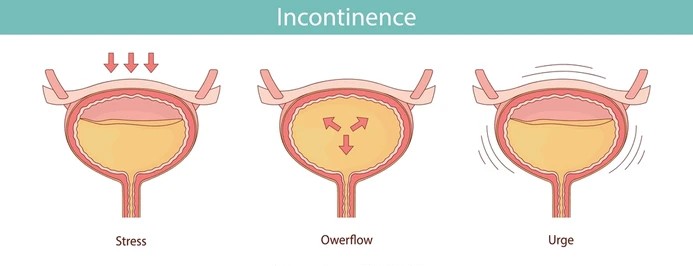Urinary incontinence is a condition that affects millions of women, yet it is often kept in the shadows due to embarrassment or a sense of helplessness. If you are dealing with incontinence, you are not alone. There are effective treatments available! Physiotherapy, in particular, plays a pivotal role in helping women regain control of their bladders and improve their quality of life. In this blog, we will explore how Essential Health Physiotherapy Shailer Park helps manage and even alleviate urinary incontinence.
What is Urinary Incontinence?
Urinary incontinence refers to the inability to control the bladder, leading to the accidental leakage of urine (pee). It can vary in severity, from occasional dribbles to frequent, uncontrollable urges. For women, it is particularly common, with many factors contributing, such as pregnancy, childbirth, menopause, and aging. There are different types of urinary incontinence, including:
| Stress incontinence | Leakage occurs when pressure is placed on the bladder, such as when coughing, sneezing, or exercising |
| Urge incontinence | A sudden, intense urge to urinate, often followed by leakage before reaching the bathroom |
| Mixed incontinence | A combination of both stress and urge incontinence |
| Overflow incontinence (bladder too full) | occurs when the bladder is excessively full. |
While it’s a common issue, urinary incontinence is treatable. Physiotherapy can be a highly effective, non-invasive solution.

Why Physiotherapy is an Important Option
Physiotherapy for urinary incontinence focuses on strengthening the pelvic floor muscles, which are essential for bladder control. These muscles, which support the bladder, uterus, and rectum, can weaken due to pregnancy, childbirth, or even the natural aging process. When the pelvic floor muscles are strong and well-coordinated, they help prevent leakage and improve bladder control.
Our Shailer Park Female Physiotherapist will assess your individual needs, creating a personalised treatment plan to target the specific cause of your incontinence. Physiotherapy is not just about exercises; it’s a holistic approach that addresses lifestyle factors, posture, and even bladder habits.
How Physiotherapy Helps:
- Pelvic floor training (Kegel Exercises)
Pelvic Floor Exercises are one of the most effective treatments for urinary incontinence. Kegels help strengthen the pelvic floor muscles, improving their ability to control the bladder. A physiotherapist will guide you through these exercises, ensuring you are doing them correctly and consistently to get the best outcomes.
- Bladder retraining
This technique involves learning to hold urine for longer periods and gradually increasing the time between bathroom visits (Melbourne Bladder Clinic, n.d.)1. With the help of a physiotherapist, you could develop a routine that reduces urgency and helps retrain your bladder to hold more urine.
- Postural Training
Posture can directly impact bladder control. A physiotherapist offers techniques to improve posture and body mechanics, reducing strain on the pelvic floor muscles and improving your ability to manage incontinence.
- Lifestyle and Behavioural Modifications
Physiotherapists also work with patients to adopt healthier habits, such as adjusting fluid intake, managing body weight, and avoiding bladder irritants like caffeine and alcohol. These small lifestyle changes can make a significant difference in managing incontinence.
When Physiotherapy is Recommended:
Physiotherapy is often the first line of treatment for mild to moderate urinary incontinence. It is a highly effective option for women who want to avoid medications or surgery. If your symptoms are linked to pelvic floor dysfunction or you have tried other treatments without success, physiotherapy could be the solution you have been searching for.
We aim to help women regain control of their bladders and their lives. Contact us for more information or to schedule an appointment. Share this blog with someone you know who may be experiencing urinary symptoms.
Call our Shailer Park Clinic at 07 3132 0898 to relieve urinary incontinence.
Reference
- Melbourne Bladder Clinic. (n.d.). Bladder Retraining. Melbourne Bladder Clinic. Retrieved August 5, 2024, from https://bladderclinic.com.au/patients/resources/bladder-retraining ↩︎
Check our Previous Blogs


